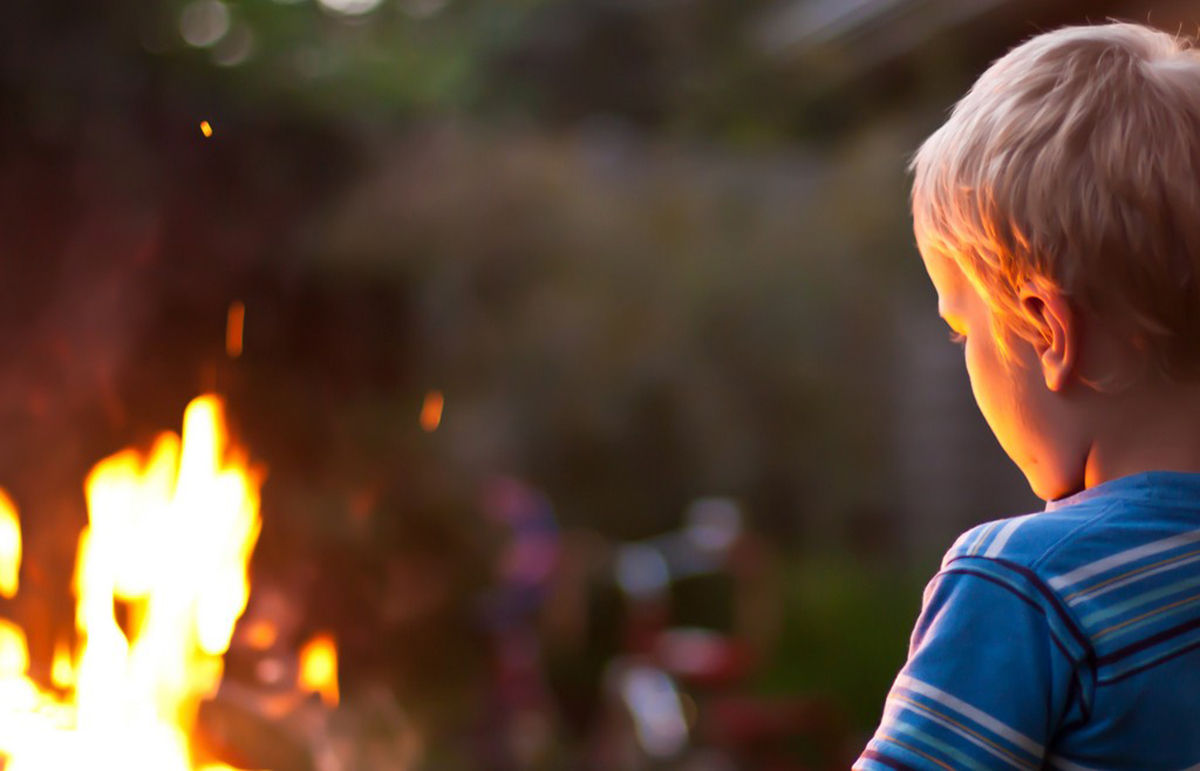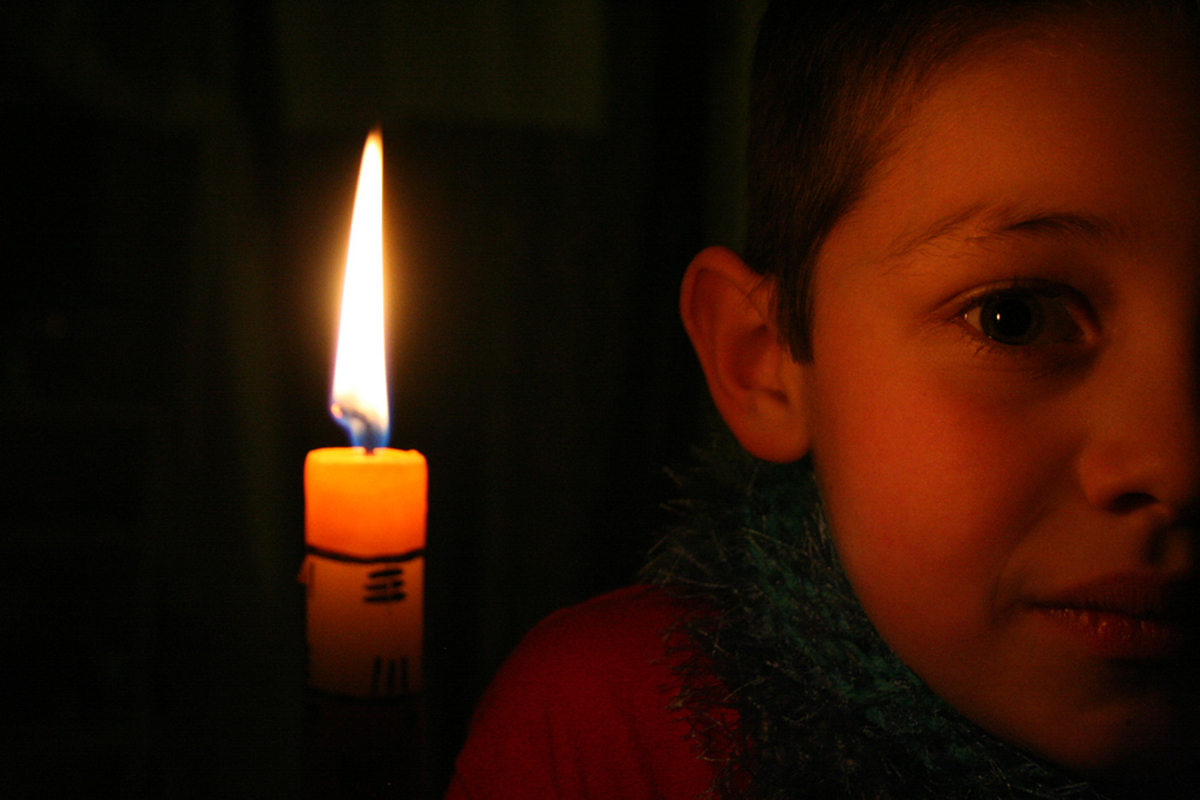Getting burned is a fairly normal experience that we all have. You might get a small burn by accidently pouring a bit of boiling water on yourself, but you'll recover rather quickly. Do you remember the first time you gut burned as a child, though?
When you're an adult, getting a small burn is nothing more than a bit of pain and inconvenience. For a child, however, getting burned could be quite a terrifying experience. Be it at home, at school or in the setting of an outdoor outing (or any social event), a child being burned gets everyone around on their toes and on the alert. And this is even more terrifying for the parents when they do not know what the first thing to do is. The behavior you adopt depends on the type of burns your child has suffered, and for the least serious ones, care can and should be provided at home and there will be no need to rush to the emergency room.
Burns are a common cause of emergency room visits in the United States, in children under the age of 5. Henceforth, it is important for all parents to identify the most common types of burns, the risk factors and the first steps in management.
Don't start panicking just yet. There are some steps you can do to make sure your child is safe. If the burn isn't that severe, there are many ways you can help your child out.
What should you do if your child gets burned?

Classification Based on the Nature of the Burning Agent
Burns can be classified based on the nature of the agent that caused the burn, or alternatively based on their severity.
In this category, burns can be thermal, electrical, chemical or radiation induced.
Thermal burns are probably the most common type of burns in the United States. And in most of the cases, they result from house fires, smoking and heating devices. Scalding (and scald injuries) also enter in this category, but result from exposure to hot liquids, gases, high temperature water in bathtubs and during showers. This specific type of burns is more common in children under the age of 5. Fireworks also fit in this list, as a prevalent cause of burns in adolescent males in developed countries.
Electrical burns are caused by contact with electrical cords (in 60% of cases) or electrical outlets. They could be either low voltage (lower than 1000 volts) or high voltage (greater than 1000 volts). In high voltage burns, the damage is most likely internal, and sometimes they cause more consequences than just topical burns (such as cardiac arrhythmias) that we should definitely watch out for. Lightning is also another type of electrical buns, and people who are involved in activities such as mountain climbing or field sports (especially during rainy days) are the most at risk.
Chemical burns can be caused by a wide variety of chemical substances which are either a strong acid or a strong base. Direct contact with the substance could be either topical or via ingestion.
See Also: Child Safety: Burns And Scalds Care Advice
This type of burns is not very common, as children are not routinely exsposed to such household products. However, to increase the incidence of chemical burns, parents need to pay special attention to adequate storage of cleaning products in the household.
Radiation burns are caused by prolonged exposure to ultraviolet light or ionizing radiation. Ionizing radiation is encountered in radiation therapy (for cancer treatment for instance) and in medical imaging techniques such as X-rays. Rarely, radioactive blasts (such as in bombings or terrorist attacks) are a source of exposure to ionizing radiation. Ultraviolet light comes directly from the sun, and therefore people who are keen of beach tanning (or even tanning booths) are at higher risks for this type of burns, just like prolonged summer outdoor activity.
Classification Of Burns Based On Severity
Based on their severity we can have first degree burns, second degree burns, third and fourth degree burns.
First Degree burns are the least worrisome, as they affect only the epidermis of the skin. The most common type of first degree burns are sunburns, and they present as a red hardened patch on the exposed areas. They are generally painful, but resolve with time and on their own, within 5-10 days.

Second degree burns affect the epidermis and the dermis. They can be either superficial or deep. When they are superficial, they extend only up to the superficial layer of the dermis (called the papillary layer). When they are deep, they extend up to the deep reticular layer of the dermis. Superficial second degree burns generally appear red with blisters, blanch with pressure and are very painful. Deep second degree burns however appear yellow or white, are less blanching and less painful, and since they are more severe than their superficial counterpart they take longer to heal. Blisters may or may not be present.
Third degree burns are also called “full thickness” burns because they extend through the entire layer of the dermis. They appear completely yellow or white, are non-blanching and do not cause any pain. The latter is due to the fact that the dermis is the layer of the skin where the nerves are located, and because of complete damage of that layer, pain impulses (via nerves) cannot be transmitted.
Fourth degree burns are undoubtedly the worst and the most severe type of burns. Here, the damage extends passed the epidermis and the dermis, and goes through the underlying fat and muscle tissue of the affected area. On appearance, they are dry and present with an eschar. They cause significant impairment of the affected area, and in some cases, death may result due to the extent of the damage.
Dealing with Burns
Now that we understand better what the different types of burns are, it becomes much easier to identify them and to know when to call a Doctor.
See Also: Home Remedies for Skin Burns and Cuts
Second degree burns definitely require medical assistance. Because burn wounds are prone to infections, you should wrap your child (or at least the affected areas) in clean sheets and bed linen on your way to the hospital, and once admitted to the hospital they will be transferred to a sterile room to decrease the risk of infections. Then, the doctor will assess the extensiveness of the burns, which can indicate how much fluids were lost as a result of the burns. Based on that, the doctor will decide whether to start Intravenous Fluid therapy or simply encourage oral rehydration. For the treatment of burn wounds, perforation of the blebs (blisters) is indicated, following which a Silver Sulfadiazine ointment (or a similar antibiotic cream) is applied topically to promote infections-free healing. Analgesics (ibuprofen, acetaminophen) can also be given for pain management. Third degree burns generally require surgical grafting, and fourth degree would require amputation of the affected body part. However, those options would be further discussed with you as the parent of the affected child.
- Photo courtesy of Kristopher Volkman by Flickr : www.flickr.com/photos/three_if_by_bike/4941817656
- Photo courtesy of kelly taylor by Flickr : www.flickr.com/photos/wmshc_kiwitayro/3291320917


Your thoughts on this